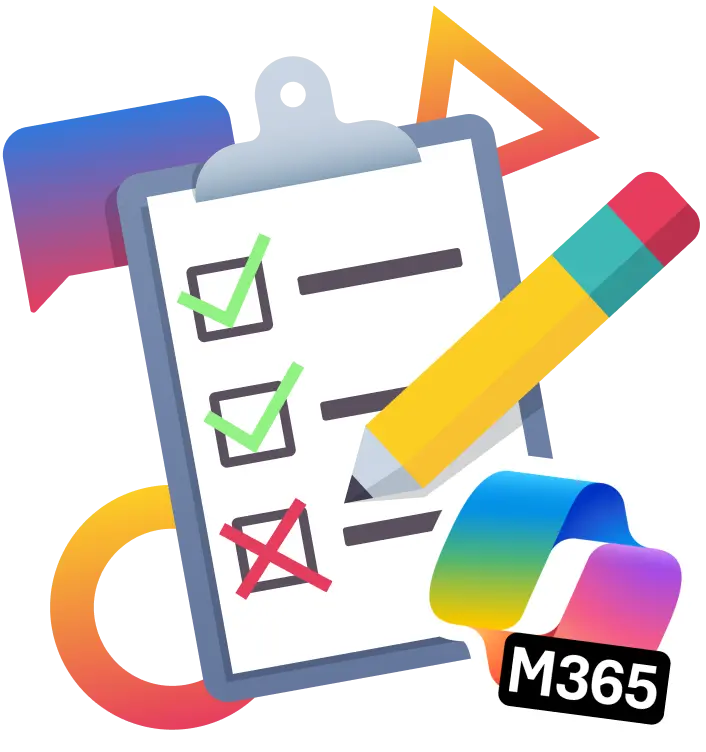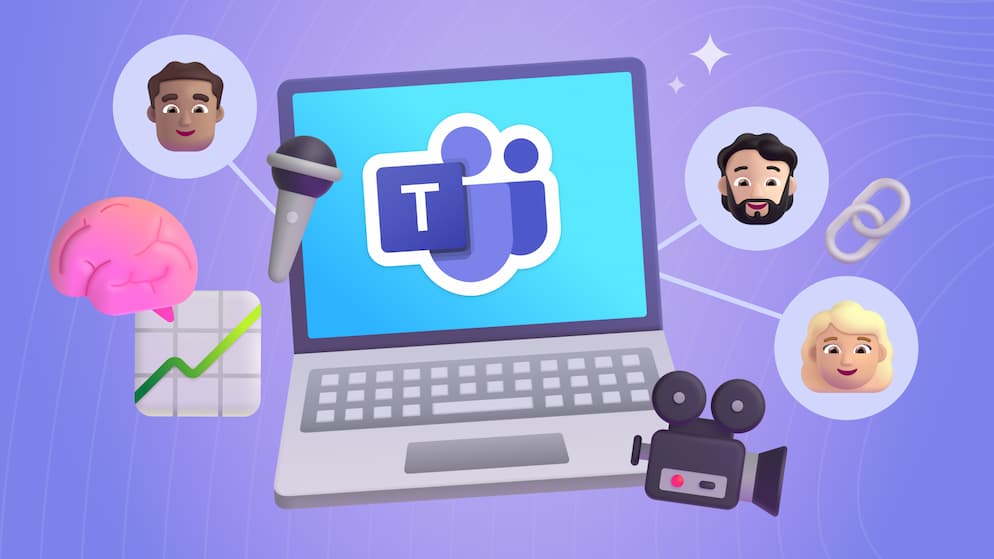Clearing Up Microsoft's Naming: Groups vs Teams
Microsoft has been using terminology some users might find confusing. Microsoft Teams is a tool, you can create a Team in Microsoft Teams, but can you create a Group too?
What's the difference?
In the digital landscape, it can be easy to get caught up in some of the jargon thrown around about the solutions we provide our clients. In recent years, some terms have gotten even more confusing with the introduction of Microsoft Teams.
So, what exactly is the difference between Microsoft Teams, a Team, or a Group? Though each helps to facilitate collaboration, they’re all unique in their own way. Let’s dig into some of the terms Microsoft has been using to describe their new collaboration platform.
Setting the Stage
In order to create a frame of reference for these common terms, we established some key definitions:
- Microsoft Teams: At its core, Microsoft Teams is a communication and collaboration application. In it, you’ll find solutions like workplace chat, video meetings, scheduling, file storage, and other application integrations. All of these are features you might already use disjointedly across your business. With Microsoft Teams, they are brought together in one common space. Unlike other legacy products within the Microsoft technology suite, Microsoft Teams has been built with the modern workplace in mind and is constantly evolving to include more features.
- A Team: A Team is a shared workspace created within the Microsoft Teams application. (Yes, you read that correctly - you can create a Team within Microsoft Teams.) Teams shared workspaces are a dynamic way to bring together team members, content, and tools that relate to a specific project or job function within an organization. These workspaces can be private to only designated users, or public to anyone within the organization. You must be a member of a Team to have access to the conversations, files, and notes stored within its channels.
- A Group: A Group is essentially a list of users who are granted access to a set of tools: OneNote, SharePoint, a shared mailbox and calendar, and more. Groups have been in existence for years within Microsoft 365 and are an integral component of a Team shared workspace. So, when you create a Team shared workspace you are also getting a Group. In most cases, when you are looking for the features of a Group, you should really be creating a Team. You will mostly see this term when you are using related tools like Stream, Planner, Exchange, Microsoft Forms, etc. Each of these tools reference Groups, which also include Teams.
Putting These Terms to Work
At Bulb Digital, we believe a solution that’s meant to better your workplace shouldn’t create confusion. We chose to highlight these terms to resolve some of this confusion and because Microsoft Teams can be an important asset to any organization. Its user-friendly interface makes getting started incredibly straightforward, but understanding its core components first is a must.
If you want to continue exploring Microsoft Teams as a collaboration solution, you can reference Microsoft’s quick start guide to give you an idea of what to expect when rolling out this technology to your team. When we work with our clients, we always start the process by information gathering. Doing so gives us deeper insight into key members and features that should be phased into a rollout in order to create a strong foundation for continued adoption of the technology In the end, it’s all about putting systems in place to help ensure that the solution is working strategically for you and your business.

SELF ASSESSMENT
Is your business getting full value from your M365 subscription?
Billions of dollars are wasted each year on underused subscriptions. Take 3 minutes to find out where your tools are driving results, and where they’re holding you back.
Find Out Now

Is Team Communication Holding You Back?
Find Out in Just 2 Minutes.
Take our quick scorecard to uncover communication gaps and hidden barriers within your team.






.jpg)







